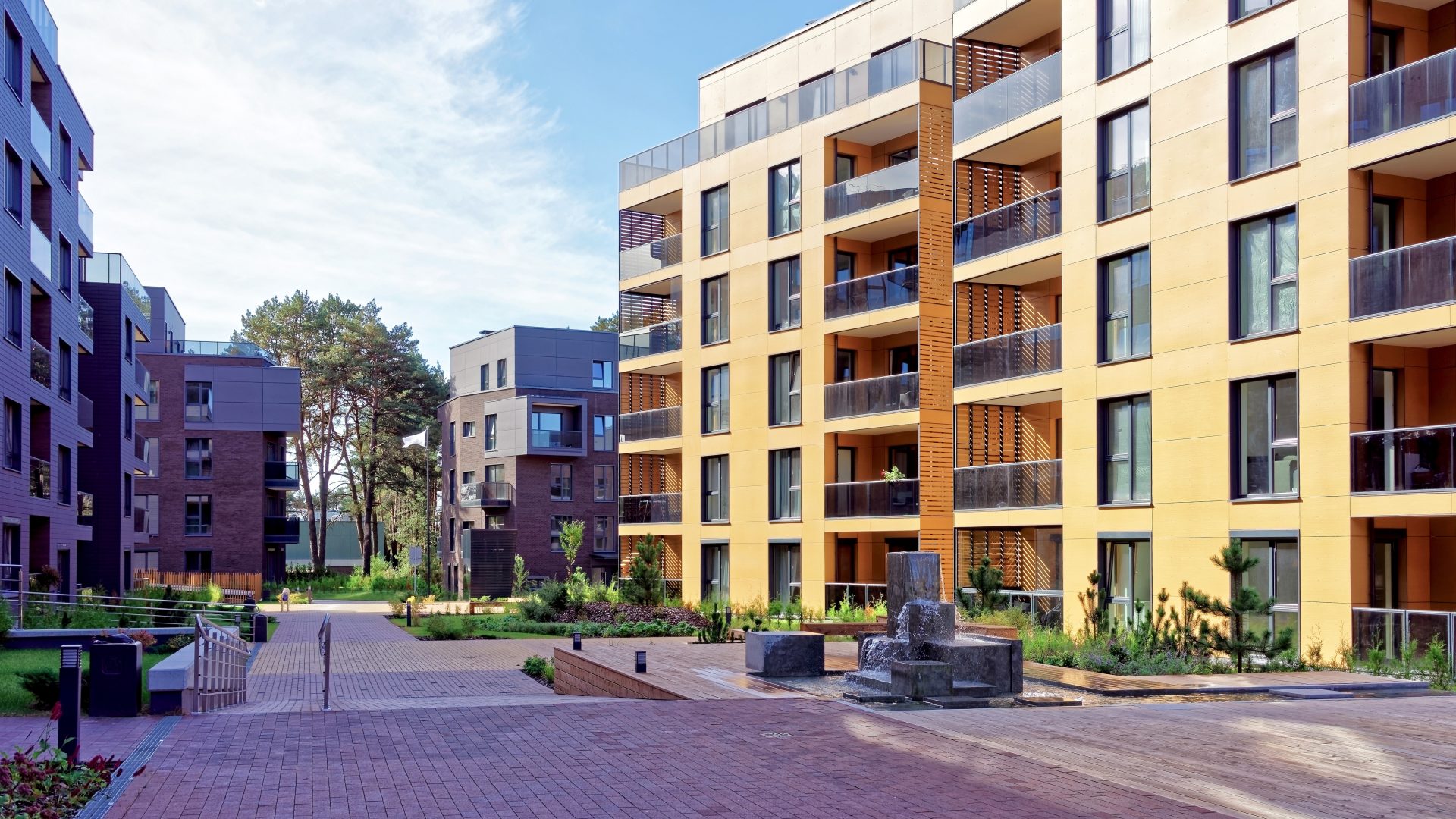The pandemic has fundamentally changed the way we work, with far more people now working from home and others splitting home and office bases. It seems the hybrid working model is here to stay, confirmed by the Office of National Statistics.
With more people opting for open-plan living, and with hard floors becoming increasingly popular over traditional carpets, noise can be exacerbated and one of the sources can be pipework. To maximise home working efficiency, there needs to be minimum noise and distraction, and sound proofing such items as waste, water and heating pipes can make a significant contribution. But how do low noise pipes work and how can they provide maximum benefit?
Paying more attention to pipework
If we are spending more time working productively from home we need to ensure we can concentrate and that all building services operate as silently as possible. What could be more annoying in an apartment building than the sound of a drainage pipe while you are trying to finish an important piece of work?
Builders can help reduce unwanted noise by using low noise pipes that are generally constructed from mineral filled polypropylene or high-density polyethylene (HDPE). They are manufactured with a high mass and increased wall thickness to reduce noise transfer and ring seal and fusion welded products are available. Low noise systems are tested to either EN 14366 and/or DIN 4109.
Wrapping pipe with a minimum of 25mm mineral wool is a requirement of Part E of the Building Regulations. It is good practice even with a low noise pipe to achieve the maximum effect. Other factors include minimising offsets and consulting with manufacturers to minimise any ‘designed-in’ noise. Soil pipes can sometimes run directly above a quiet living or sleeping area so using manufacturers to identify potential noise risks and help with design challenges makes good sense.
Brackets can be a point of weakness as they can transfer noise from the pipe to the structure of the building, so it’s important to install systems in accordance with manufacturers’ instructions to ensure noise is isolated. Also important is avoiding other sound bridges which would otherwise cause drainage noise to transfer to the structure of the building, particularly through floor penetrations. Proper allowance should be ensured for thermal expansion, to avoid ticking noises caused by movement in the pipe material (such as from heating and cooling) putting stress on the brackets and joints.
If hybrid working is really here to stay, let’s make it as comfortable as possible for everyone.
The BPF Pipes Group produces guidance on installing plastic pipes, intended to encourage best practice and circularity across the entire industry. A guidance document on managing sound transmission within buildings can be downloaded here.



